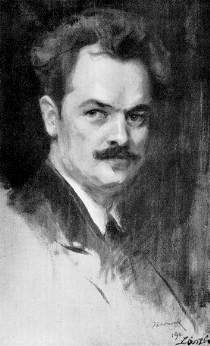FADRUSZ, János
(1858, Pozsony - 1903, Budapest)


Sculptor. He came from a peasant family. He went to school in Pozsony where he did four years of primary school and two years of secondary school and was apprenticed to a locksmith. On completing the apprenticeship he won a gold medal for a portal design. His carved works met with recognition. He was admitted to the school of wood-carving in Zayugróc. During military service in Prague (1879-83) he met Myslbek, a famous Czech sculptor.
On his return he tried his hand at china painting and sculpture. "Ahusversus' Head", a plaster cast, met with praise and brought him patrons. As the winner of a scholarship, he worked under Tilgner, a neo-baroque sculptor, in Vienna from 1886 onwards, then became the pupil of Hellmer at the Vienna Academy. In addition to school jobs, he fashioned a list of portraits ("Cézar Scomparini" in 1886, "Károly Naszidler" in 1889, and "Mrs. Tivadar Ortvay" in 1888). His "Crucifix", which he modelled in Vienna in 1892, made his name well-known all over the country.
He received a commission to produce the equestrian statue of "Marie Therese", one of his major orders (1892-96), which was later completely destroyed. In 1894 he was awarded the first prize for his plan of "Matthias", another equestrian statue, which was unveiled in Kolozsvár in 1902. He completed two allegorical statues for the Palace of Justice in 1893 (now in the possession of the Hungarian Ethnographic Museum). His major works include "Equestrian Statue of Béla Wenckheim" (Kisbér, 1901), "Statue of Wesselényi" (Zilah, 1901), "Tuhutum Memorial" (Zilah, 1902), and "Statue of Lajos Tisza" (Szeged, 1904). He modelled two "Atlas Figures" (1897) and two lions for the gates of Buda Castle (1901-02). "Toldi with Wolves" is another famous statue of his.
In contrast with contemporary memorials full of false pathos, statues of Fadrusz were monumental and retained the classic traditions of sculpture.
